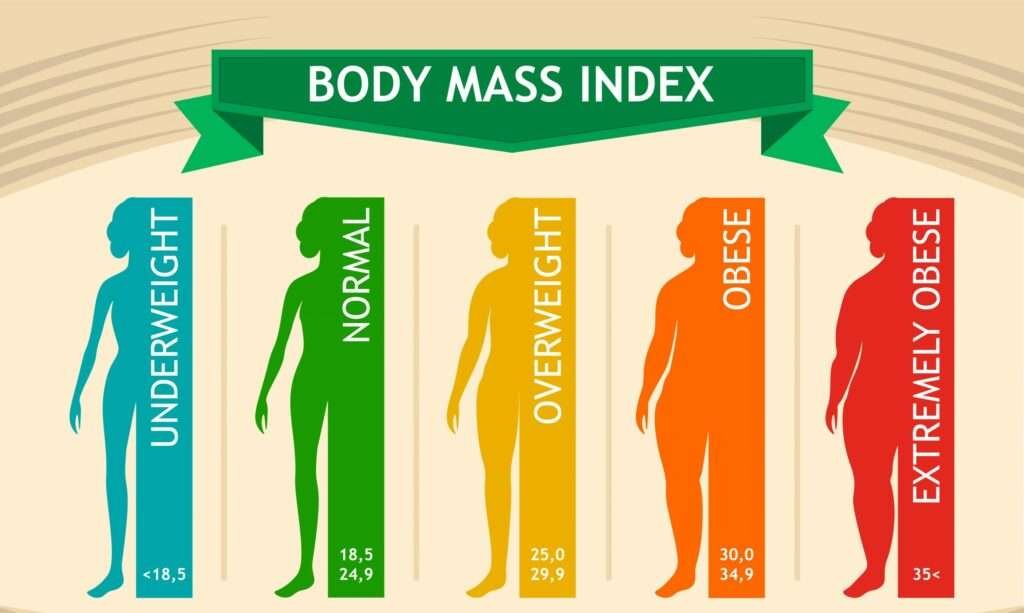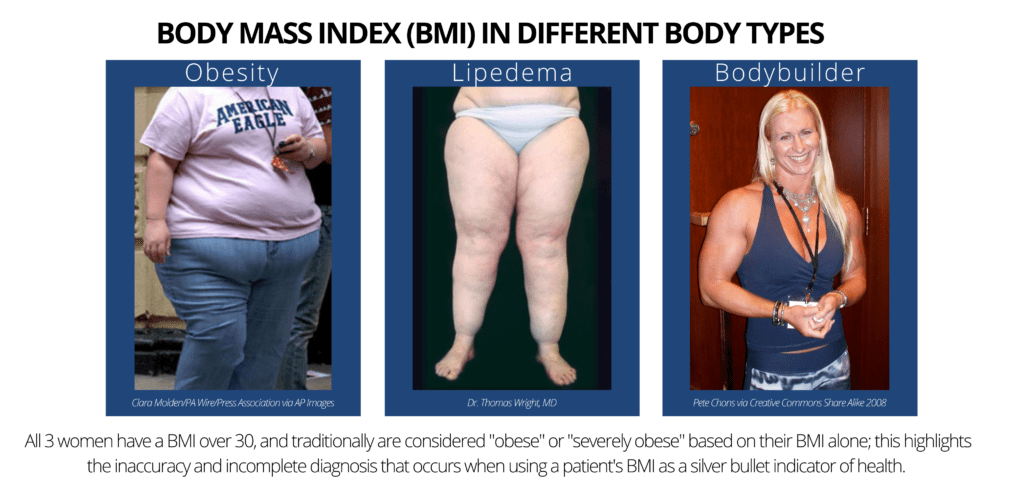Body Mass Index is a crucial metric for gym enthusiasts seeking to optimize their fitness and health. Understanding significance of calculation, and application can empower individuals to set realistic fitness goals, monitor progress, and make informed decisions regarding their workout routines and dietary choices.
BMI Calculator for Gym-Goers:
Calculating BMI involves dividing an individual’s weight in kilograms by the square of their height in meters. Alternatively, it can be computed using pounds and inches by multiplying the weight by 703 and dividing by the square of the height in inches.
Setting Realistic Fitness Goals:
BMI serves as a benchmark for setting realistic fitness goals. Gym-goers can use their BMI to determine target weight ranges or body composition goals aligned with optimal health and performance.
Monitoring Progress:
Monitoring progress with BMI checkups involves regular measurements to track weight changes and assess health risks. Compare your BMI over time to identify trends and adjust your fitness and nutrition plans as needed. However, consider other metrics such as body fat percentage and muscle mass for a comprehensive view of your health. Consult a healthcare professional for personalized guidance.


BMI Categories
For gym-goers, interpreting BMI categories provides insights into their current weight status and potential health risks:
1. Underweight: BMI less than 18.5
2. Normal Weight: BMI between 18.5 and 24.9
3. Overweight: BMI between 25 and 29.9
4. Obese: BMI 30 or greater
Tailoring Workouts and Nutrition Plans:
BMI can inform the design of personalized workout routines and nutrition plans tailored to individual goals and body compositions. For example, individuals aiming to build muscle mass may adjust their training volume and macronutrient intake based on their BMI and body composition goals.

Identifying Health Risks:
Elevated BMI levels indicate potential health risks associated with obesity, such as cardiovascular diseases, diabetes, and metabolic syndrome. Gym-goers can use BMI as a screening tool to assess their risk and take proactive measures to mitigate health complications through exercise and dietary modifications.
Body Mass Index in different body types
Gym enthusiasts often focus on building muscle mass, which may skew BMI readings as muscle weighs more than fat. While BMI is a valuable tool, it may not accurately reflect body composition changes in individuals with high muscle mass. Therefore, incorporating other assessments, such as body fat percentage, is essential for a comprehensive evaluation.

Holistic Approach to Fitness:
While BMI is an important metric, gym-goers should adopt a holistic approach to fitness that considers factors beyond weight, such as strength, flexibility, endurance, and overall well-being. Emphasizing overall health and performance goals rather than solely focusing on BMI promotes a sustainable and balanced approach to fitness.
Consulting top Fitness Professionals:
Consulting fitness professionals can provide personalized guidance and support tailored to your specific goals and needs. They assess your current fitness level, help design a workout plan, and offer nutrition advice for optimal results. Professionals can correct your form to prevent injuries and provide motivation to stay on track. Whether you’re a beginner or experienced, working with a fitness professional can enhance your exercise routine, improve performance, and help you achieve long-term health and fitness goals.


In Conclusion
In conclusion, Body Mass Index (BMI) is a useful screening tool for assessing a person’s weight status and potential health risks related to underweight, overweight, or obesity. While it provides a quick overview, it has limitations as it doesn’t account for factors such as muscle mass, age, sex, or body composition. Therefore, it should be used alongside other health metrics and assessments to gain a comprehensive view of an individual’s overall health. Consulting with healthcare professionals for personalized advice and monitoring is recommended for maintaining a healthy weight and achieving optimal health outcomes.






